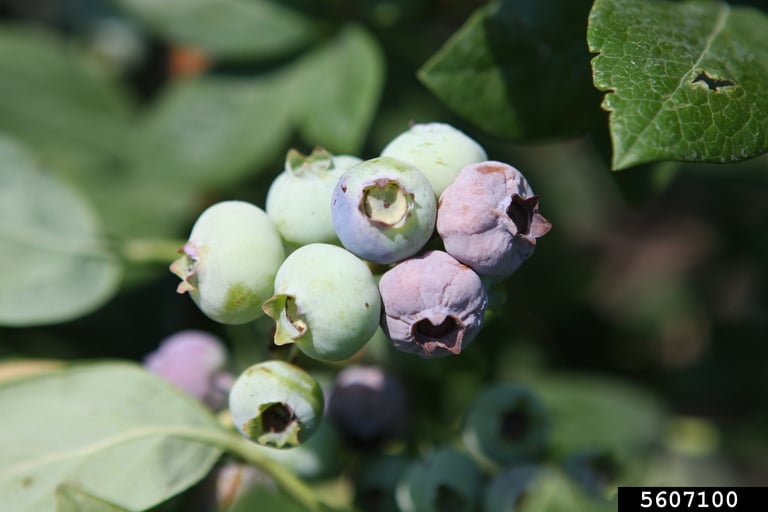7 Steps for Growing Healthy Kiwi Plants in Your Garden
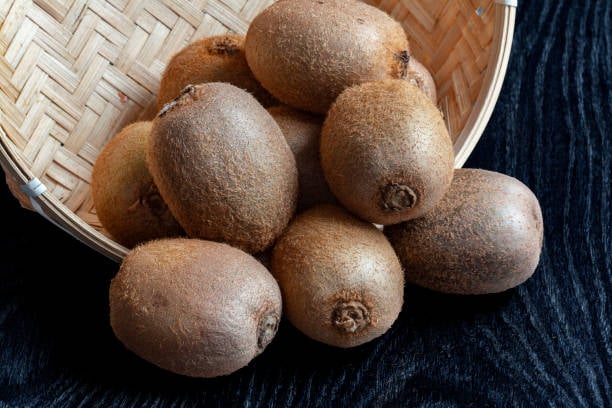
Table of Contents
The kiwifruit, commonly called the Chinese gooseberry, is a rich source of vital nutrients. Despite its Chinese origin, it is grown in numerous other parts of the world. These include the European Union, the United States, and New Zealand. The taste of homegrown kiwifruit is superior and more delightful than the store-bought ones. Nevertheless, growing kiwi plants demands specific soil, water, and light requirements, making meticulous planning and attention to detail crucial for their successful cultivation. In this piece, we will discuss the techniques to cultivate kiwi plants and address the question, can you grow Kiwi in the UK?
From choosing the correct kind to planting and caring for the plants throughout the growing season, we will cover everything in this post. Grow healthy and fruitful kiwi plants that will give you delicious fruit for years to come with this advice, whether you are an experienced gardener or just starting out.
Let’s dig in and discover what it takes to cultivate kiwi fruit!
Can You Grow Kiwi In The UK?
Absolutely, kiwi fruit can be cultivated in the UK, particularly the resilient kiwi variety. Nonetheless, they need a sunny, protected location and soil that drains well. You can cultivate Kiwi plants along a wall or fence that faces south or in sizeable pots. Consistent pruning and fertilisation are needed to encourage robust growth and fruit yield.
How to Grow Kiwi Plants
Here are the detailed steps to grow the kiwi plant in the UK:
Step 1: Soil Preparation
Once you have selected your preferred kiwi variety, the next step is to prepare the soil. Kiwi plants thrive in nutrient-rich soil and drain well, with a slightly acidic pH (5.0-6.5). If your soil is dense or clay-like, you can enhance the soil structure and drainage by adding organic matter like compost or well-rotted manure. If required, you can lower the pH of the soil by adding sulphur.
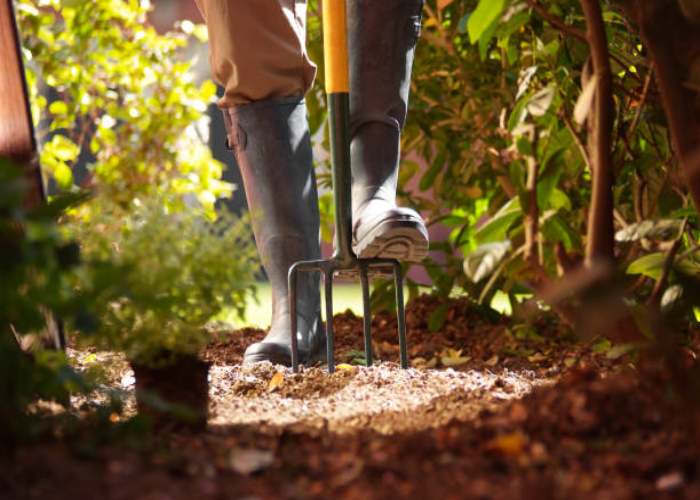
Kiwi vines need a sun-drenched spot shielded from powerful drafts. An ideal spot would be a wall or fence facing south, which offers some respite from the frosty winter gusts. Suppose you don’t have an appropriate wall or fence. In that case, you can establish a protected region by planting the kiwi vines in a spacious container or constructing a barrier with other plants.
Step 2: The Plantation Process
After choosing the suitable kiwi variety for your growing conditions, it’s time to start the planting process. Typically, kiwi plants are planted during springtime, although they can also be planted during autumn if the soil is heated. Below are a few guidelines to follow when planting kiwi plants:
- Before planting, drench the roots of the kiwi plant in water for several hours to assist them in rehydrating.
- Pick a location with sunny, well-drained soil. Kiwi plants need direct sunlight to grow and produce fruit, and too much moisture in the soil can cause root damage.
- Create a cavity in the planting area twice as large and deep as the kiwi plant’s root ball. They should be around 10 to 12 feet apart.
- Incorporate organic materials such as compost or decomposing animal waste to improve the soil’s fertility and drainage.
- Before placing the kiwi plant into the hole, ensure the soil level is appropriate.
- Refill the cavity with soil, softly compacting it to eliminate vacant spaces.
- Drench the kiwi plant entirely to settle the soil around its roots.
- Establish a durable trellis or support mechanism for the kiwi tendrils to ascend as they advance.
![]()
When sowing kiwi plants, it is crucial to utilise suitable equipment:
- A hoe, a trowel or a spade for soil excavation.
- Mitts can shield your hands from prickles and keen borders on the kiwi plant.
- A measuring tape can assist in guaranteeing that you sow the kiwi plant at the actual depth.
- A hose is mandatory for irrigating the plant after sowing.
Step 3: Guiding Kiwi Plants
The Kiwi vines are tough climbers extending up to 20 feet in length. A strong support structure is necessary to assist the plant in climbing up a wall or fence. You can install wires or a trellis to create a framework for the plant to climb on. Use screws or nails to attach the support system to the wall or fence securely. Once the Kiwi plant matures, gently tie the central stem to the support system with garden tape or soft twine. Instruct the side branches to grow along the support system as the plant develops by tying them to the wires or trellis. Trim away any lateral shoots that emerge beneath the primary framework to encourage the plant to grow upward.
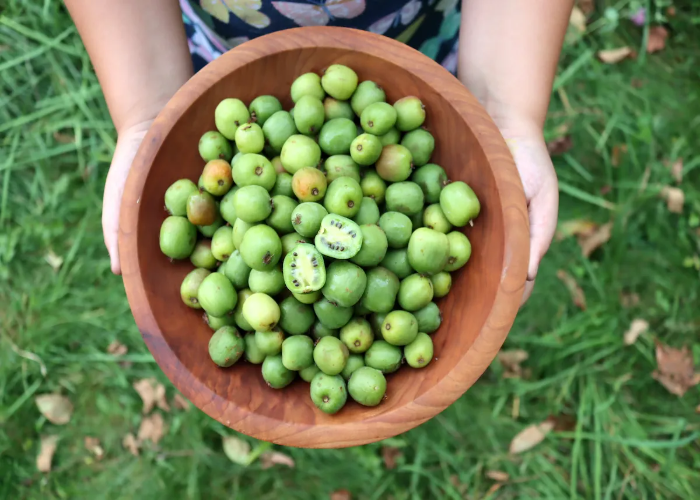
To prepare your kiwi plants, you’ll require essential equipment, such as pruning scissors, wire cutters, and pliers.
- Pruning scissors are used for neat cuts when trimming your plants.
- Wire cutters are employed to cut the trellis wires to the desired length.
- Pliers help tighten and control the wires as required.
- You’ll also need garden tape to fasten the stem.
Step 4: Trimming Kiwi Plants
Trimming is a crucial aspect of Kiwi plant upkeep. It helps to maintain the plant’s form, restrict its size, and encourage fruit production. Trimming should be performed in late winter or early spring when the plant is inactive.
During the initial year of planting, eliminate all the side branches and retain the primary stem solely. In the following year, it is permissible for the plant to produce some side branches, but it is advisable to eliminate any developing beneath the primary structure. In the third year, choosing four to six robust side branches and eliminating the remaining ones is advisable.
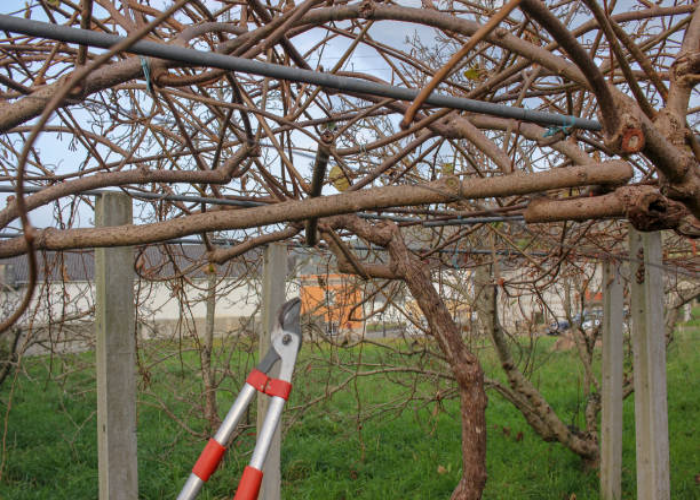
After the third year, trimming the kiwi plant annually is suggested by pruning the side branches to two to three buds. Retain one or two buds on the primary stem to encourage new growth. It is possible to prune any dead, damaged, or diseased wood at any time.
Step 5: Nourishing Kiwi Plants
Kiwi plants have a high appetite and require consistent nourishment to encourage robust growth and fruitful outcomes. During the beginning of spring, use a well-balanced fertiliser such as 10-10-10 or 12-12-12 and administer 1 pound per plant. Continue fertilising during late spring or early summer when the plant is actively flourishing.
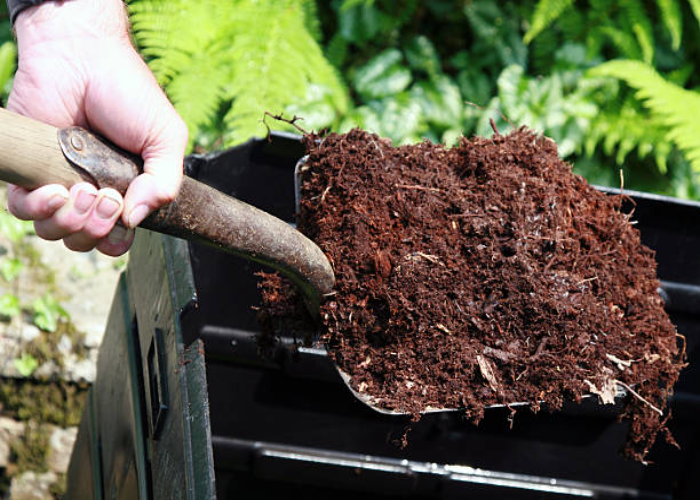
In addition, you may choose to use organic fertilisers like compost or well-decomposed manure during both the spring and fall. Avoid fertilising during late summer or fall since this may prompt late-season growth that might not have enough time to toughen up before winter.
Step 6: Watering Kiwi Plants
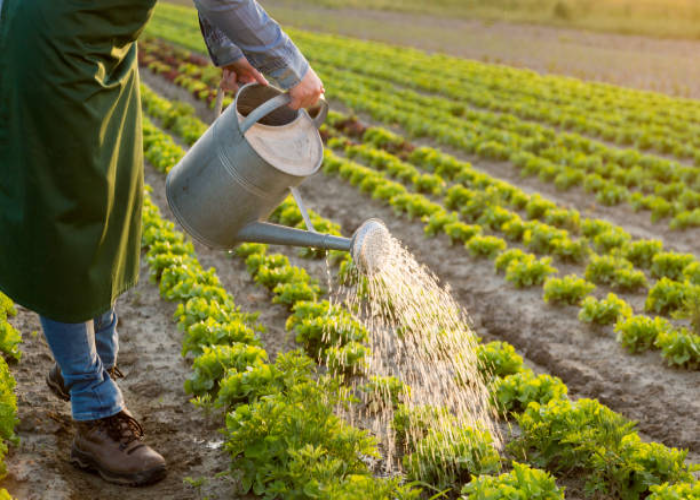
Frequent watering is essential for kiwi plants, particularly during dry spells. Water thoroughly once every seven days or more frequently in sweltering conditions or if the soil is dehydrating swiftly. Refrain from excessive watering as it can result in root decay and other complications.
Step 7: Collecting Kiwi Produce
Resilient kiwi plants bear fruit in the third or fourth year following plantation. The produce matures during late summer or early autumn and is ready for collection when plump and aromatic. You must harvest the fruit before it turns excessively soft and pulpy.
To collect the produce, carefully twist it off the stem or snip it off using scissors. Exercise caution not to harm the fruit or the stem. You can preserve Kiwi produce in the fridge for up to twenty-one days or frozen for future use.
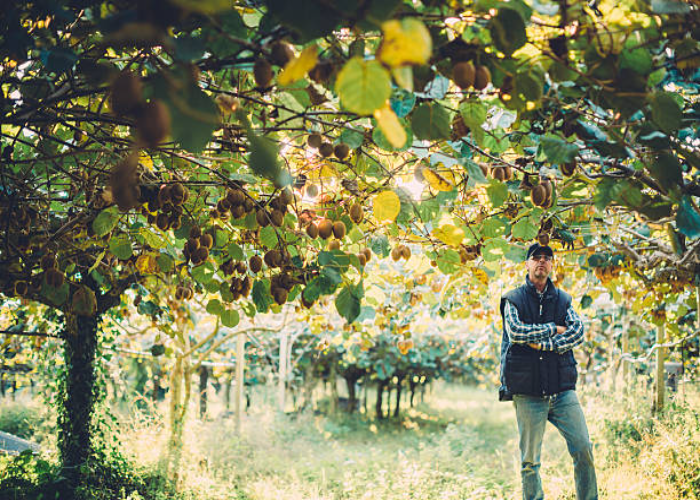
Selecting The Appropriate Kiwi Types
The initial stage of cultivating kiwi plants is to opt for the fitting strain. There are two principal types of kiwi plants: the resilient Kiwi and the hairy Kiwi. The resilient Kiwi is tinier in magnitude and has a sleek, consumable epidermis, whereas the hairy Kiwi is more massive and has a fuzzy, non-edible epidermis.
The following are some of the most well-liked kiwi strains and what you necessitate to be aware of about them:
1. Hardy Kiwi (Actinidia arguta)
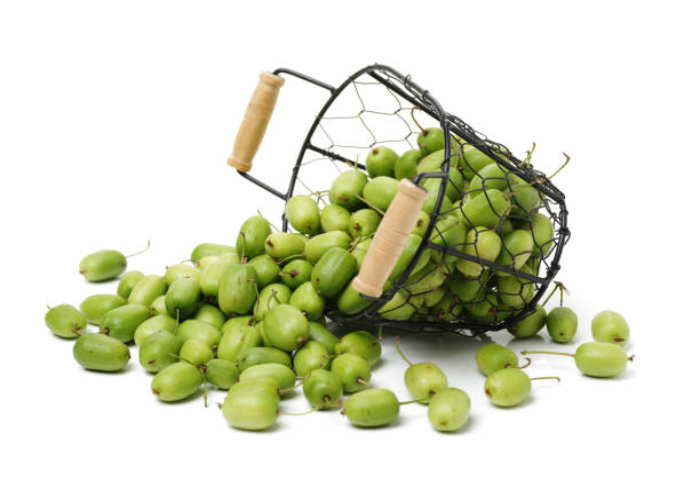
Hardy, also referred to as the baby kiwi or kiwi berry, is a type of Kiwi that bears small fruits. It is indigenous to eastern Asia and can endure temperatures as low as -25°F. It can be grown in most parts of the United Kingdom. The Actinidia arguta is self-pollinating, requiring only one plant to bear fruit.
The Actinidia arguta is more compact and smaller than conventional kiwi vines, making it perfect for container gardening or smaller gardens. Its fruit is similar in texture and flavour to traditional kiwi fruit but has a thinner, edible skin. Additionally, it is more resistant to diseases than other Kiwi varieties.
2. Golden Kiwi (Actinidia chinensis)
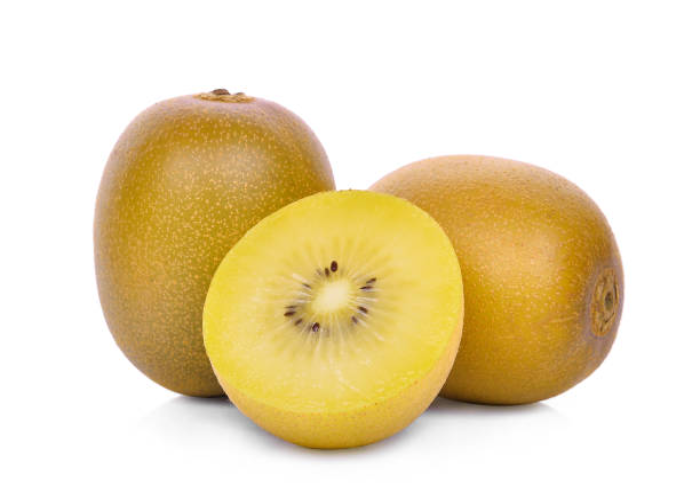
Actinidia chinensis, commonly called Golden Kiwi, Fuzzy Kiwi, or Chinese Gooseberry, is a conventional kiwi species originating from China. It is less resilient than the hardy Kiwi and is most suitable for areas in the southern parts of the UK with mild winters. Both a male and a female plant are necessary to produce fruit since Golden Kiwi plants are not self-fertile.
Golden Kiwi plants yield larger and sweeter fruit than hardy Kiwi, with a unique golden exterior and a juicy, tropical taste. They are more susceptible to pest and disease issues than hardy Kiwis, necessitating regular pruning and maintenance to preserve their well-being.
3. Green Kiwi (Actinidia deliciosa)
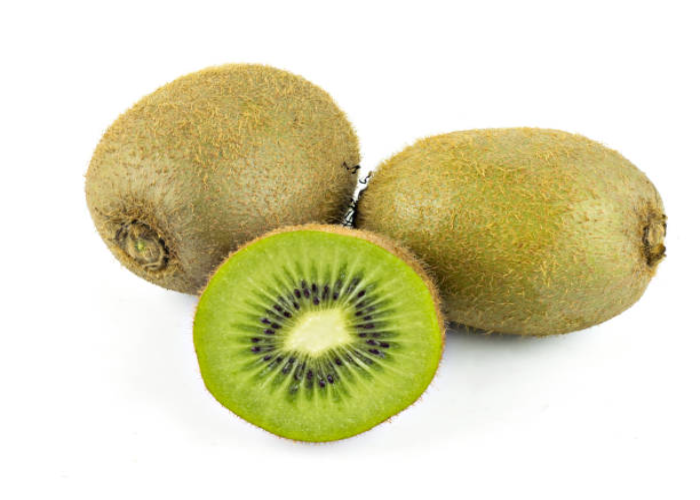
Actinidia deliciosa, commonly known as kiwi fruit or Hayward kiwi, is the most popular type of Kiwi. It originates from New Zealand and needs a long growing season and mild winters to flourish. Both a male and a female plant are necessary to bear fruit since kiwi fruit plants are not self-pollinating.
Kiwi fruit plants are bigger and more robust than other kiwi varieties, and they need plenty of space and support to develop. They produce more giant, oval-shaped fruit with fuzzy brown skin and a sweet, tangy taste. Kiwi fruit plants are more prone to pests and diseases than other kiwi varieties, requiring regular trimming and maintenance to keep them healthy.
4. Red Kiwi (Actinidia chinensis var. deliciosa ‘Hort16A’)

Actinidia chinensis, commonly known as the red-fleshed Kiwi, is a recently developed cultivar from New Zealand. It is comparable in size and cultivation requirements to the regular kiwi fruit but with a distinct red pulp. Red kiwi plants are not self-pollinating, necessitating the presence of both male and female plants for fruit production.
Red kiwi plants yield larger fruit than hardy Kiwi, with a delightful, succulent taste and a unique red hue. They necessitate the same environmental conditions and maintenance as the traditional kiwi fruit, including a prolonged growing season, mild winters, and frequent pruning.
Final Thoughts
We hope this post has answered the question: can you grow Kiwi in the UK? Cultivating kiwi plants can bring a sense of satisfaction and pleasure. By providing proper maintenance and focus, you can relish the taste of homegrown kiwi fruit, abundant in essential vitamins and nutrients. Regardless of the size of your garden or open-air area, kiwi plants can flourish in the UK.
Remember that kiwi plants are not self-pollinating; you’ll need both male and female plants to get fruit. It may also take some time for the plants to mature and yield a harvest fully. Nonetheless, kiwi fruits are well worth the wait because of their high nutrient and antioxidant content. If you follow the advice in this manual, you can cultivate your very own kiwi plant and harvest its delicious, tart fruit right from your garden.
Hence, why not attempt it yourself and experience firsthand the simplicity of cultivating kiwi plants?
Frequently Asked Questions
What Is the Optimal Time to Sow Kiwi Plants?
The prime time to sow kiwi plants is during the early spring or late autumn when the climate is chilly and the plant is inactive. It will enable the plant to establish roots before the scorching summer or freezing winter arrives.
Do Kiwi Plants Require Abundant Sunlight?
Certainly, kiwi plants necessitate abundant sunlight to flourish. They mandate at least six hours of direct sunlight daily, particularly in a south-facing locality. If you inhabit an area with plenty of shade, you might have to trim adjacent trees or contemplate planting the kiwi plant in a spacious container that can be shifted to a bright spot.
Is It Possible to Cultivate Kiwi Plants in Pots?
Kiwi plants can be grown in smaller and more resilient containers. Opt for a generously sized pot at least 18 inches wide and 24 inches deep, and ensure it has drainage holes. Fill the container with high-quality potting soil and fertilise it periodically. Ensure that the vine has a support system to climb on.
What Could Cause My Kiwi Plants’ Failure to Bear Fruit?
Numerous factors may contribute to the inability of kiwi plants to bear fruit. An example is the plant’s immaturity, as it has not yet attained total growth. Kiwi plants usually bear fruit in the 3rd or 4th year after planting. Other reasons may include inadequate pollination, insufficient exposure to sunlight, or incorrect pruning methods. It is crucial to adhere to appropriate care and upkeep procedures while exercising patience, as the plant may take a while to yield fruit.

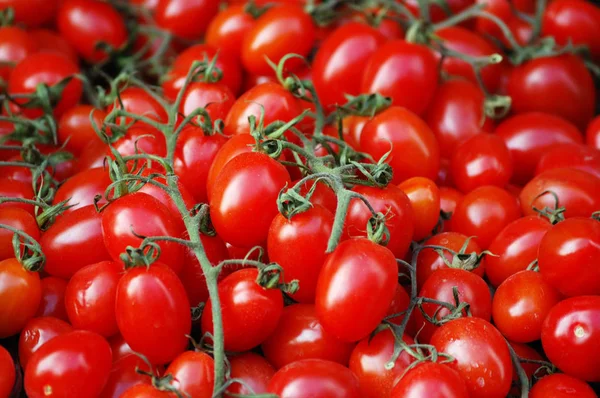
![How and When To Grow Lettuce Plants [UK]](https://staging.thearches.co.uk/wp-content/uploads/How-To-Grow-Lettuce-Plants-At-Home.jpeg)
![Step-By-Step Guide on How to Grow Asparagus [UK]](https://staging.thearches.co.uk/wp-content/uploads/How-To-Grow-Asparagus-Plants.jpg)

